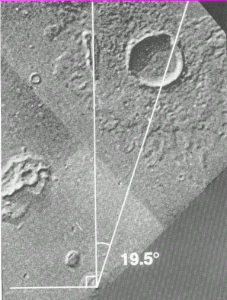
Fig. 23 Tetrahedral Pyramid (Hoagland/Drasin) The Tholus-Tetrahedral Pyramid line lies north/south. |

Fig. 24 Circumscribed Tetrahedron (Hoagland) |
Earth – Hawaiian Mauna Kea Volcano, 19.6
degrees N
Mars – Olympus Mons Volcano 19.3 degrees
N
Jupitor – The Great Red Spot, about 19.5
degrees S
Neptune – The Dark Spot, about 19.5 degrees
Another astonishing fact is that the D&M Pyramid and Olympus Mons are 120 degrees apart, as if marking two apexes of the tetrahedron on the sphere of Mars.
Perched atop the crater wall, on the side
opposite the Cliff, is an obviously three-sided pyramid-like projection,
possibly a tetrahedron (figure 23). Its appearance, like the Cliff, again
raises the questions of later origins because of the lack of blast shadow
or signs of impact damage. This object has been called the Tetrahedral
Pyramid. (There is another similar Crater Pyramid located 480 miles northeast
of Cydonia.) The Cliff-Tholus-Tetrahedral Pyramid arrangement forms a 19.5
degree angle. This “tetrahedral latitude” of 19.5 degrees appears six times
in three distinct contexts: The D&M Pyramid, the Tholus-Cliff combination,
and the City Square-Face-D&M “benchmark” pattern (McDaniel 1994).

Fig. 23 Tetrahedral Pyramid (Hoagland/Drasin) The Tholus-Tetrahedral Pyramid line lies north/south. |

Fig. 24 Circumscribed Tetrahedron (Hoagland) |
 Home
Home
 Links
Links
 About Us
About Us
